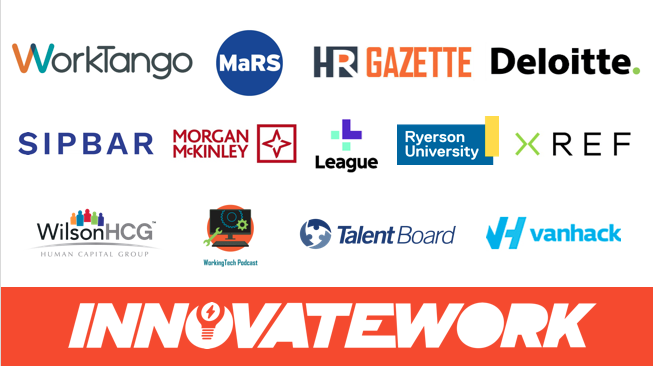In today’s candidate-driven market, employer brand is more important than ever. Employer brand is how employees, public, and job seekers alike perceive what it’s like to work for your company. Right now it’s one of the most important factors in successful hiring.
Job Description
Your employer brand will precede job seekers’ encounters with job descriptions.
The job description, while it won’t be your first impression, is perhaps the most meaningful as it lays out your company’s mission and your goals for the hire’s position. Your job description is your primary opportunity to speak directly to potential hires.
How to Improve Your Job Description
- Inspire – Your job description should convey your company’s story in a way that inspires readers. It’s what we call “sizzle.” Take this opportunity to infect job seekers with the same excitement you have for what you do.
- Different – Get out ahead of common questions that candidates are likely to have by explaining what it is you do and how it sets you apart from the rest of your field.
- Authentic – You can test this tip by reading your job description aloud. Does it sound like something you might say to someone over a cup of coffee? It should. Using a conversational tone will help build rapport and pull candidates in.
- Title and Overview – Candidates are searching forjob title, not a specific role buried somewhere in the job description. Make sure your title and overview are clear, concise, and track to your target candidate.
- Key Outcomes – Providing the top three outcomes for the job in the first year will help self-selection and onboarding. It also shows candidates how they can be heros for your company. Everyone wants to be a hero.
- Role Activities – Just as describing what your company does can proactively answer common candidate questions, so can accurately describing a hire’s day-to-day. Less is more here, so be discerning in terms of what information is relevant in order to accurately describe the role.
- Qualifications – Vague and general qualifications are all too common in job descriptions. Offer candidates measurable criteria they can use to self-select and expedite your hiring process.
- Call to Action – By the end of your job description, potential candidates should feel inspired and eager to apply and get more information. Make how they do that explicit and easy. Provide a “Learn More” or “Apply Now” button and explain what will happen next.
Employer Brand Make-or-Breaks
Job descriptions aren’t the only place your employer brand can make a big difference. The impact of employer brand is far-reaching and multifaceted. Research from LinkedIn and budget reporting across the board have shown the importance of employer branding.
Employee Referrals
The top source for the best candidates is through employee referrals. That is in part due to referrals being the leading resource for job seekers to find new positions. Similarly, LinkedIn reports that candidates are 46% more likely to answer InMails from companies their friends work for. However, the success of that resource depends significantly on employer branding. If your employees aren’t sold on your employer brand, they’re less likely to offer referrals, just as candidates are less likely to pursue them.
Social Media
Everyone is on social media in one form or another. 76% of adults in the U.S. use Facebook daily according to the Pew Research Center. Social media is another tool you can use to build and broadcast your employer brand. Meet your candidates wherever they can be found.
About the Author
Robert Hoyt is a social media and outreach specialist for Herd Freed Hartz, the Northwest’s leading retained executive search firm. Email Robert at Roberth@bonsaimediagroup.com

